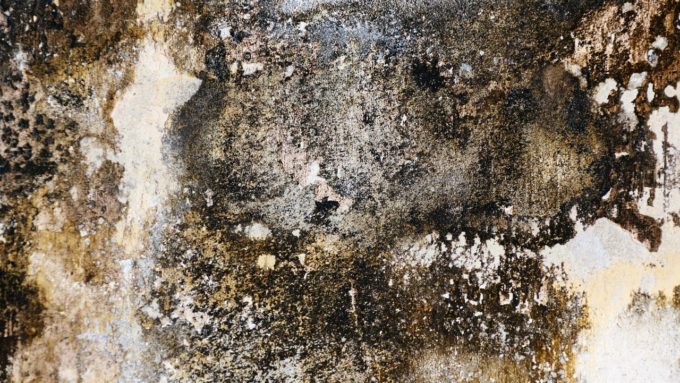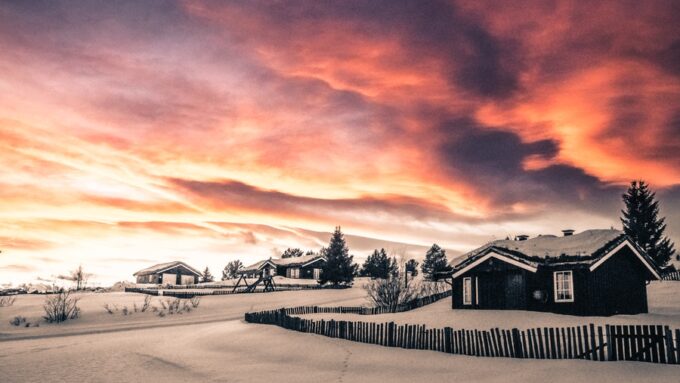Everyday there are airborne mold spores inside your home. When these spores settle, especially in damp or wet areas, spores begin to colonize and reproduce within one to two days.
It’s not surprising that your bathroom, especially the shower, is a great breeding place for mold and mildew.
Here are some tips to clean up existing mold and prevent it from coming back.
Types of Molds
While there are several different varieties of mold, it’s best to treat any variety as hazardous and be careful and cautious when cleaning it.
The most two common household varieties of mold are Aspergillus and Alternaria, or the most toxic form of black mold, Stachybotrys.
No matter if the mold is considered allergenic, pathogenic, or toxigenic, it’s best to error on the side of caution.
If you see a lighter color gray, yellow or white growth on the surfaces of damp or wet areas, odds are that it’s mildew.
Mold is typically green or black and appears almost fuzzy. Unlike mildew, mold penetrates through, inside of and behind walls, baseboards, carpets, and clothing. It becomes destructive pretty quickly in humid, moist conditions.
In the shower, green or black spots that show up on tile edges, in hard-to-reach corners, on caulk, is found spreading up walls or ceilings is highly likely to be mold.
Due to what can be severe reactions to mold, the time to tackle a moldy shower is as soon as you spot it.
Cleaning Mold from the Shower
The best way to clean a moldy shower is to spray a commercial mold killing product or equal parts of vinegar and warm water directly onto moldy areas.
While the cleaning solution is penetrating into the mold, clean the rest of the shower walls, doors, tile, grout and/or caulk.
It should be noted that while bleach diluted in water was always thought to be the go-to mold killer, it’s actually better at removing the black residue and stains left behind by active mold versus preventing re-growth.
Vinegar is actually more effective at killing the source of the mold to minimize the risk of its return to treated areas.
- Once the vinegar or other cleaner has been applied, work the solution into the affected area with a non-scratching sponge or soft brush.
- Rinse with clean water, the wipe completely dry with a clean rag or paper towel.
- Repeat this process as needed until mold is completely removed.
- If there is staining, clean thoroughly with bleach.
- Rinse with clean water and dry.
- As a final and preventative step, spray the area with the vinegar diluted solution and let air dry.
If you find active mold growing on caulk, the old caulk needs to be removed and replaced with mold resistant caulk. Never paint over mold because the paint will not contain it and it will continue to grow and spread.
Shower Head Mold
To treat moldy shower heads, fill a plastic baggie with equal parts of vinegar and water. Slip the baggie over the shower head and attach securely with rubber bands. Let soak overnight.
The next day, remove the baggie, rinse the shower head with clean water and dry with a microfiber cloth.
Preventing Mold
- Always crack a window or run the exhaust fan while bathing or showering. Run the fan or keep the window open for about 10-15 minutes after showering to let the air circulate and dry up moisture.
- Repair dripping or leaky pipes or faucets.
- Never leave wet towels or laundry sitting in the bathroom.
- Spray vinegar on tile and shower walls after showering or anytime when cleaning the shower and tub areas.
Conclusion
With a bit of elbow grease and vinegar or other mold-inhibiting cleaning products, moldy showers can become a thing of the past.
For larger moldy areas or recurring mold issues, call the mold-busting experts at RCS in Santa Rosa.





